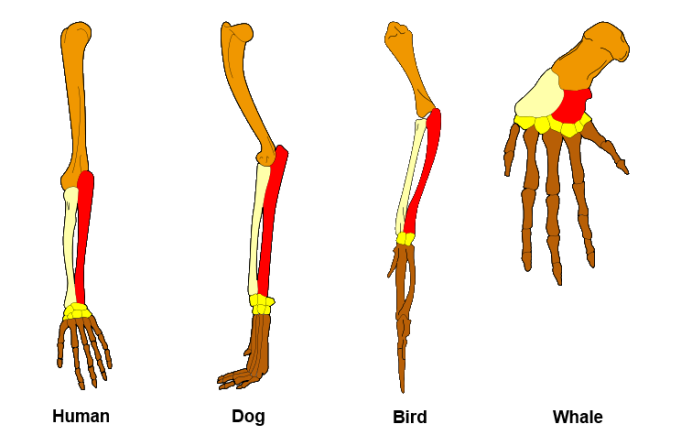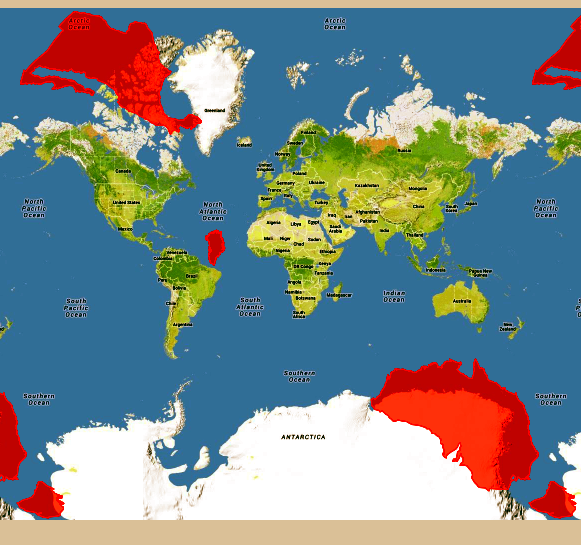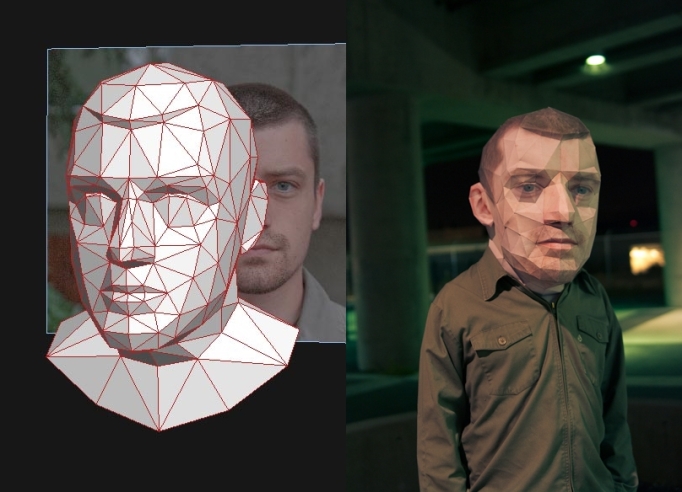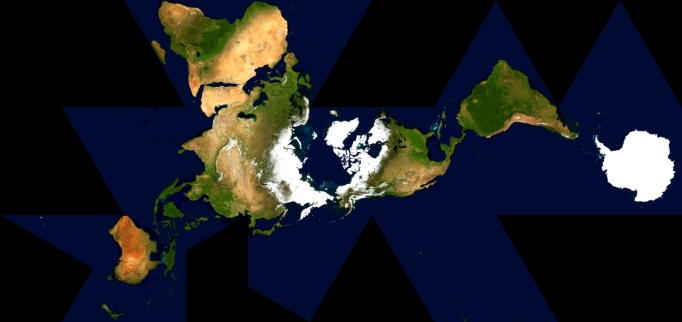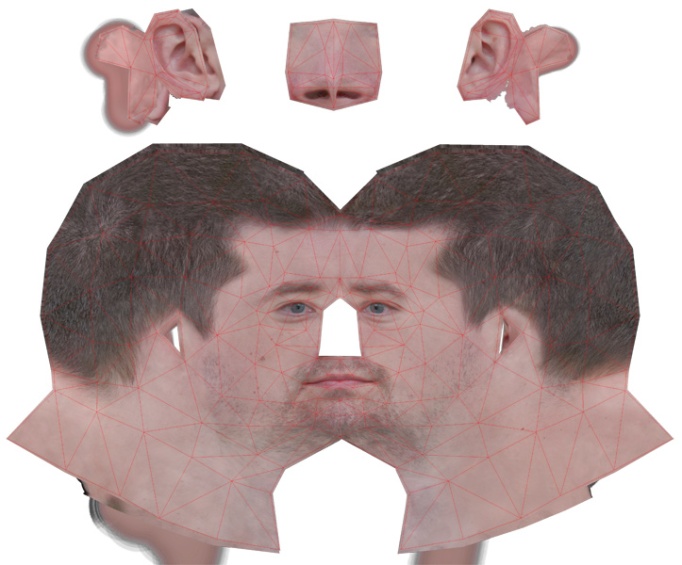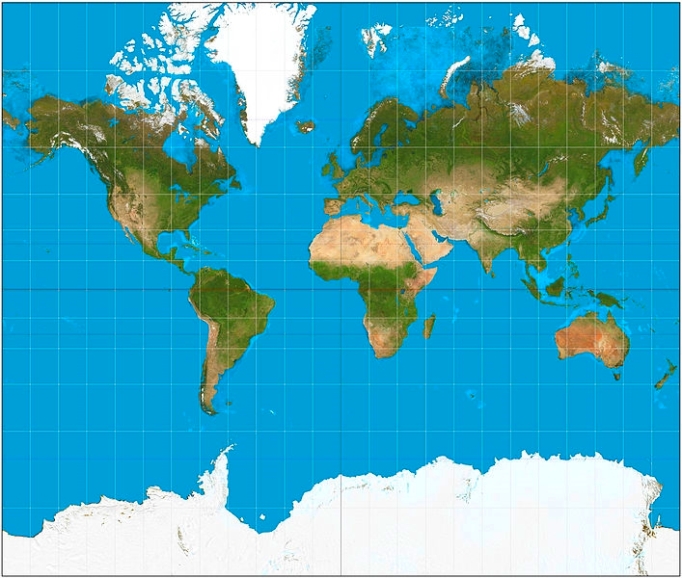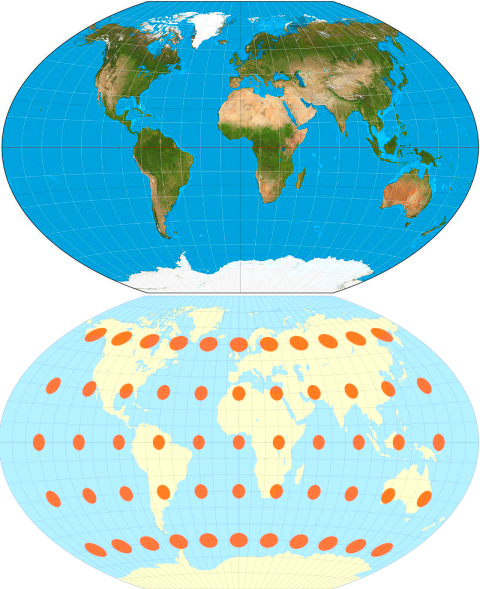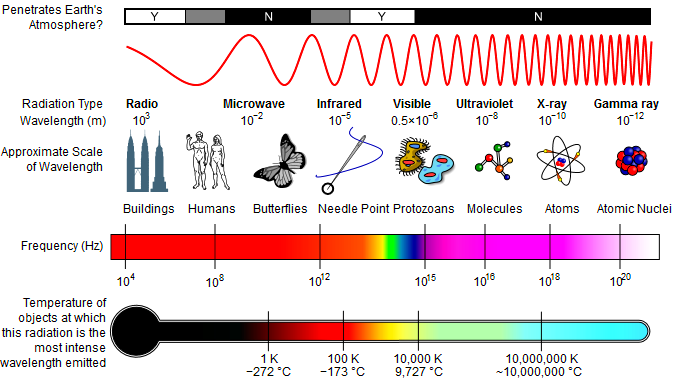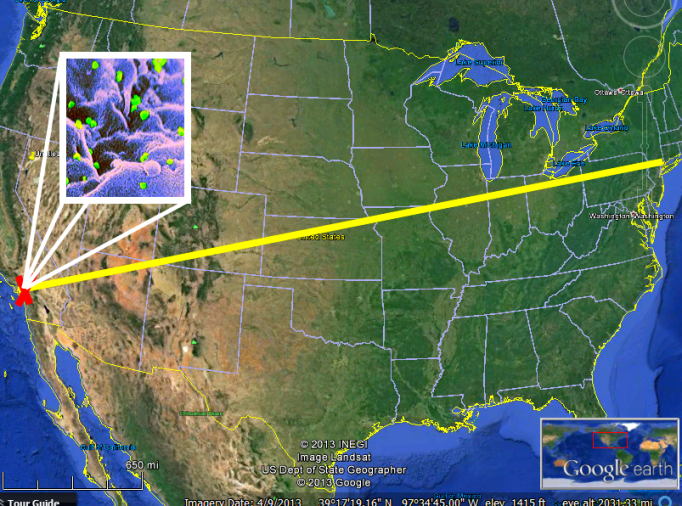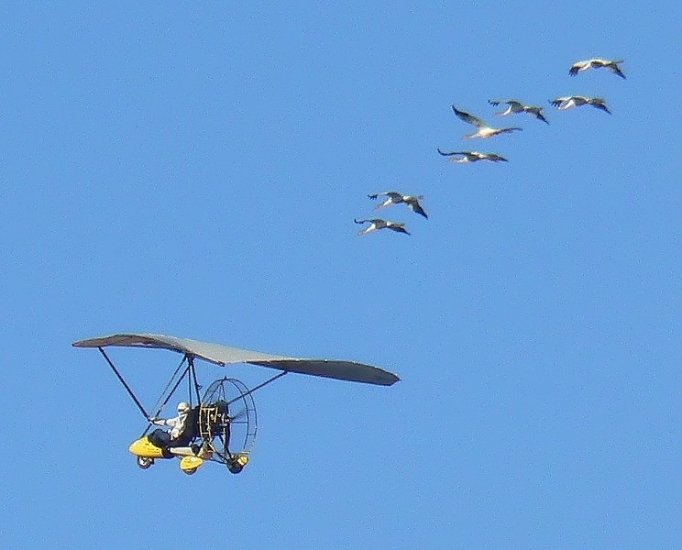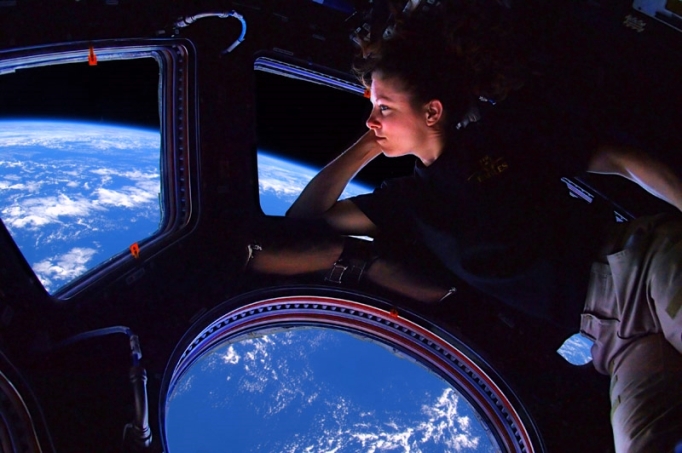Animals are often surprisingly like us.
Johnny Cash’s incredibly powerful song Hurt narrates a person’s self-destruction in the depths of sorrow.
You’d think depression and self-mutilation are uniquely human things, but they’re not.
Caged birds that are not allowed to get out and indulge their instincts sometimes obsessively pluck their own feathers out, in an echo of human self-mutilation.
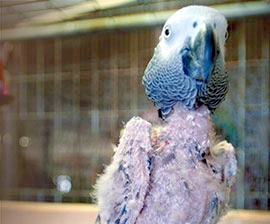
Picture by Kathy Milani of the Humane Society
Most parrots sold in the U.S. are bred in captivity in inhumane conditions. The Humane Society reports:
These highly social creatures are usually kept alone and rarely allowed to fly—many parrots’ wings are clipped. Often their relatively small cages have little in the way of stimulation and “enrichment,” or toys. For an animal that’s as emotionally complex as a chimpanzee or dolphin, it amounts to an unimaginably bleak existence.
It’s surprising how much animals can have in common with us. In the excellent 2012 book Zoobiquity, cardiologist Barbara Natterson-Horowitz explores the intersection of human and animal medicine:
Dinosaurs suffered from brain cancer. Koalas catch chlamydia. Reindeer seek out narcotic escape in hallucinogenic mushrooms. Stallions self-mutilate. Gorillas experience clinical depression.
All living things are different branches of the same tree, so there are bound to be similarities.
Barbara Natterson-Horowitz’s point is that, given these similarities, doctors and veterinarians can learn from each other:
“Animals suffer from almost all of the diseases that human beings do, but veterinarians and physicians never talk about this,” she said. “Physicians have not typically, traditionally, seen veterinarians as their clinical peers and that’s unfortunate.”
